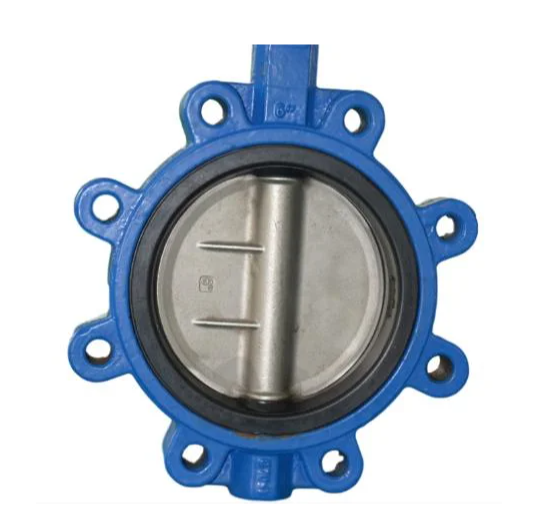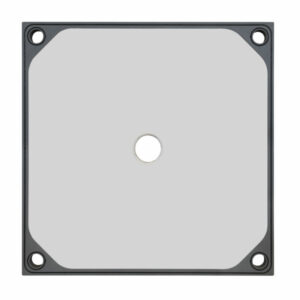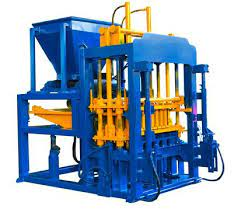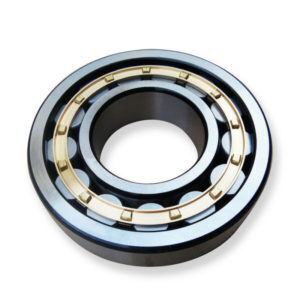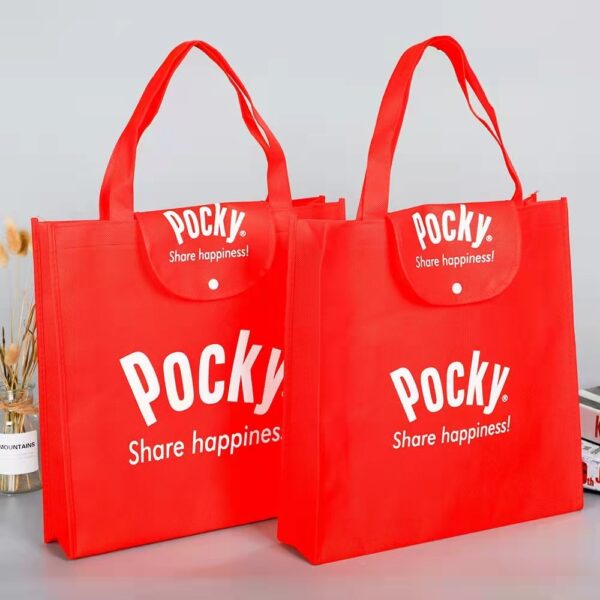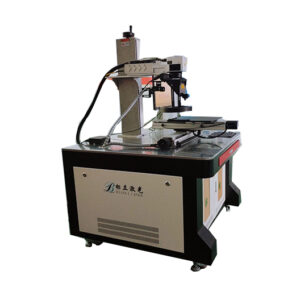An LT butterfly valve is a type of butterfly valve that is designed to be lightweight and compact, making it suitable for use in applications where space is limited or weight is a concern. These valves are commonly used in applications such as HVAC, water treatment, and industrial processes.
Here are some key features of LT butterfly valves:
Lightweight: LT butterfly valves are designed to be lightweight, which makes them easy to handle and install, and reduces the load on the piping system.
Compact: LT butterfly valves are designed to be compact, which makes them suitable for use in applications where space is limited.
Low torque: LT butterfly valves require low torque to operate, which means they can be operated manually or with a smaller actuator compared to other types of valves.
Fast response: LT butterfly valves have a fast response time, which makes them suitable for applications that require rapid flow control.
Tight shut-off: LT butterfly valves are designed to create a tight seal when closed, which helps to prevent leakage and reduce the risk of contamination.
Corrosion resistance: LT butterfly valves are made from materials that are resistant to corrosion, which makes them suitable for use in harsh environments.
When selecting an LT butterfly valve, it is important to consider factors such as the size and pressure rating of the valve, the type of fluid being transported, and the operating conditions of the system. Proper installation and maintenance procedures are also important to ensure the reliable and efficient operation of the valve overits lifespan.
Some recommended installation and maintenance procedures for LT butterfly valves include:
Installation:
Ensure that the valve is properly sized and rated for the application, including the flow rate, pressure, and temperature of the fluid being transported.
Verify that the valve is compatible with the piping system and any other components such as actuators or controllers.
Install the valve in the correct orientation, with the flow direction indicated by the arrow on the valve body.
Tighten the valve flange bolts to the manufacturer’s recommended torque specifications.
Verify that the valve is operating properly before putting it into service.
Maintenance:
Inspect the valve regularly for signs of wear or damage, such as cracks, corrosion, or leakage.
Lubricate the valve as needed to ensure proper operation and prevent wear.
Check the sealing surfaces of the valve disc and seat for any signs of damage or wear that may affect the tightness of the seal.
Inspect the valve stem for any signs of damage or wear, and replace any worn or damaged parts as needed.
Check the valve actuator or controller for proper operation and calibration.
Clean the valve and any associated piping regularly to prevent the buildup of debris or contaminants that may affect the performance of the valve.
Follow any additional maintenance procedures recommended by the manufacturer or a qualified engineer or valve specialist.
Overall, it is important to follow proper installation and maintenance procedures to ensure the reliable and efficientoperation of LT butterfly valves over their lifespan. Regular inspection, lubrication, and cleaning can help to prevent wear and damage, and identifying and addressing any issues promptly can help to reduce downtime and increase productivity. It is recommended to consult with a qualified engineer or valve specialist for specific guidance on the installation and maintenance of LT butterfly valves in your application.
Like any mechanical component, LT butterfly valves can experience problems over time that can affect their performance.
Here are some common problems that can occur with LT butterfly valves:
Leakage: Leakage is a common problem with butterfly valves, and can be caused by factors such as wear or damage to the valve disc or seat, insufficient sealing pressure, or incorrect installation.
Corrosion: Corrosion can occur in butterfly valves that are exposed to corrosive fluids or environments, or that are made from materials that are not resistant to corrosion. lt butterfly valve Corrosion can affect the performance of the valve and may require replacement of the affected components.
Wear and tear: Components such as the valve disc, seat, stem, and bearings can experience wear and tear over time, which can affect the performance of the valve and increase the risk of leakage or failure.
Improper installation: Incorrect installation of the valve, such as improper alignment or tensioning of the valve components, can affect the performance of the valve and increase the risk of leakage or failure.
Improper maintenance: Lack of proper maintenance, such as inadequate lubrication or infrequent inspections, can lead to increased wear and tear and affect the performance of the valve.
Actuator or controller issues: The actuator or controller of the valve can experience issues such as malfunctioning or incorrect calibration, which can affect the performance of the valve.
Environmental factors: External factors such as temperature, pressure, and vibration can alsoaffect the performance of LT butterfly valves, especially if they are operating in harsh environments or under extreme conditions.
Cavitation and flashing: Cavitation and flashing can occur in LT butterfly valves when the pressure of the fluid passing through the valve drops below the vapor pressure of the fluid, causing bubbles or flashing to form. This can lead to erosion, vibration, and noise, and can affect the performance of the valve.
Blockage: Blockage of the valve can occur due to the buildup of debris or contaminants in the valve or piping system, which can affect the flow rate and increase the risk of leakage or failure.
To prevent or address these problems, it is important to follow proper installation and maintenance procedures for LT butterfly valves. This includes regular inspection and lubrication, proper alignment and tensioning of the valve components, and correct calibration of the actuator or controller. It is also important to select the appropriate valve for the specific application, taking into account factors such as the flow rate, pressure, and temperature of the fluid being transported, as well as the operating conditions of the system.
In addition, it is recommended to consult with a qualified engineer or valve specialist for specific guidance on the installation, maintenance, and repair of LT butterfly valves in your application. Proper maintenance and repair can help to extend the lifespan of the valve and ensure reliable and efficient operation.
